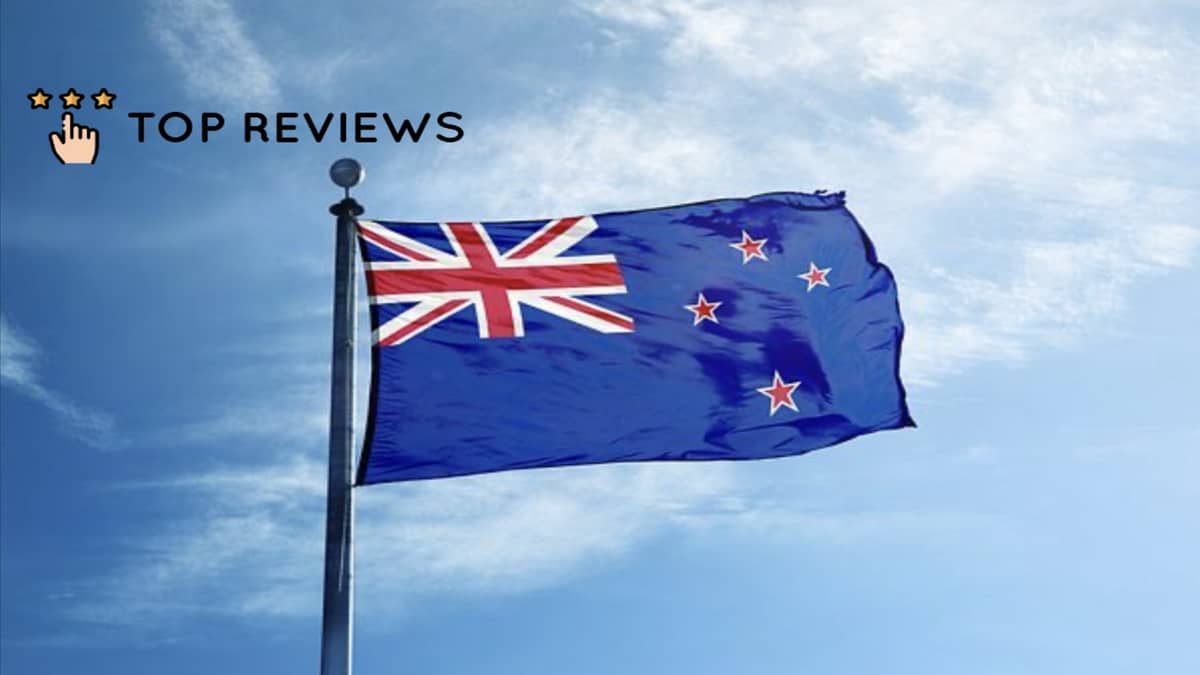Why does New Zealand have the British flag?
- When was the idea for a New Zealand flag proposed?
- The History of the New Zealand Flag
- James Busby & the Creation of a Flag
- Selecting a Flag
- The United Tribes Flag
- The Union Jack Flag
- The Official New Zealand Flag
- A Signaling Flag
- Making the Flag Official
- Changes to the New Zealand Flag
- Criticism and Calls for Change
- The Process of Changes
- Why do people think New Zealand has a British flag?
A lot of people often ask us Kiwis: “Why does New Zealand have the British flag?” That question in itself is misleading, though.
New Zealand actually does not have the British flag. The New Zealand flag and the British flag are separate flags.
However, the New Zealand flag is based on the British maritime Blue Ensign and displays the British Union flag in the upper left corner. This is because New Zealand is part of the British Commonwealth.
You can learn more about the New Zealand flag below.
When was the idea for a New Zealand flag proposed?
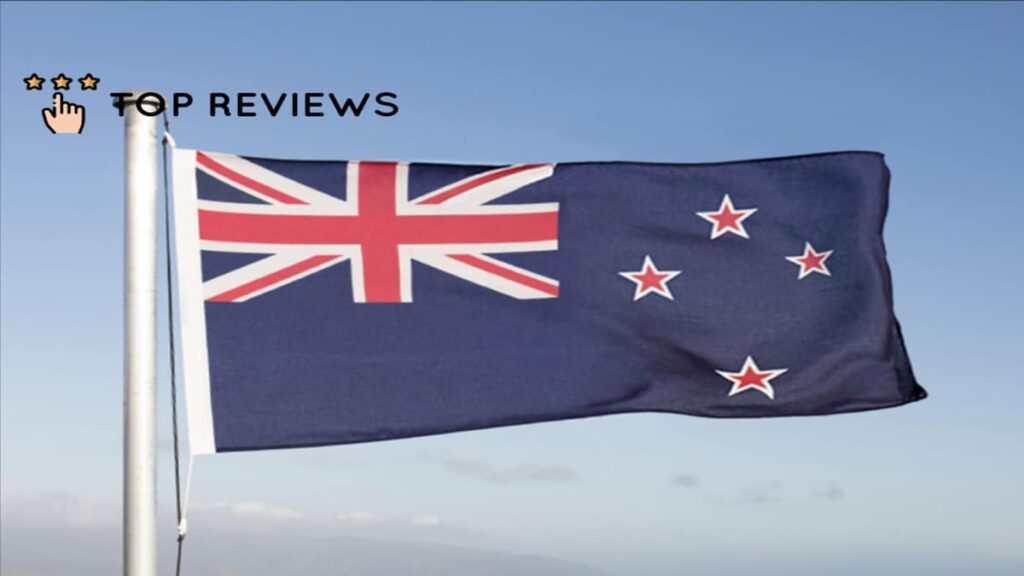
The idea for a New Zealand flag was first proposed in 1830, following the detainment of a Hokianga-built ship from New Zealand, the George Murray, by Sydney customs officials.
Australia was governed by British navigation laws, which required ships to have official credentials. Unfortunately, because New Zealand was not a British colony, ships in NZ could not sail or register under the British flag.
Without that serving as their official credential, NZ ships and their goods would be detained indefinitely in Australia.
The History of the New Zealand Flag
James Busby & the Creation of a Flag
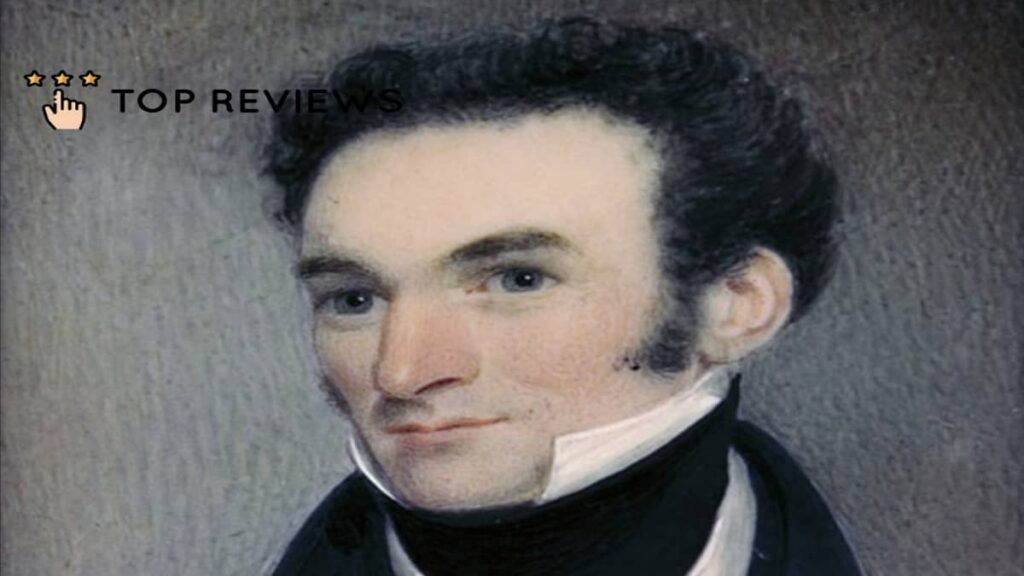
The history of New Zealand’s flag begins in 1833 with James Busby.
In May 1833, James Busby was chosen as the first British Resident of New Zealand. He was tasked with defending both the Mori people of New Zealand and the British immigrants.
He is the one who proposed the creation of a New Zealand flag in a letter to the Colonial Secretary in New South Wales.
Busby believed a flag might do more than remove the barrier to trans-Tasman trade. He thought it could inspire cooperation among Maori leaders and unify the country.
When James Busby told the Australian government about his idea, they sent back the first design idea for the flag. The first flag design had four blue horizontal bars on a white backdrop with the Union Jack in the top left corner.
Busby refused this design idea. He didn’t like it because it lacked the colour red. The colour red was important to New Zealanders because they perceived it as indicative of rank.
So, Busby asked Reverend Henry Williams, the Church Missionary Society’s senior missionary, to create an alternative flag. He made three different designs and sent them back to Busby.
Selecting a Flag
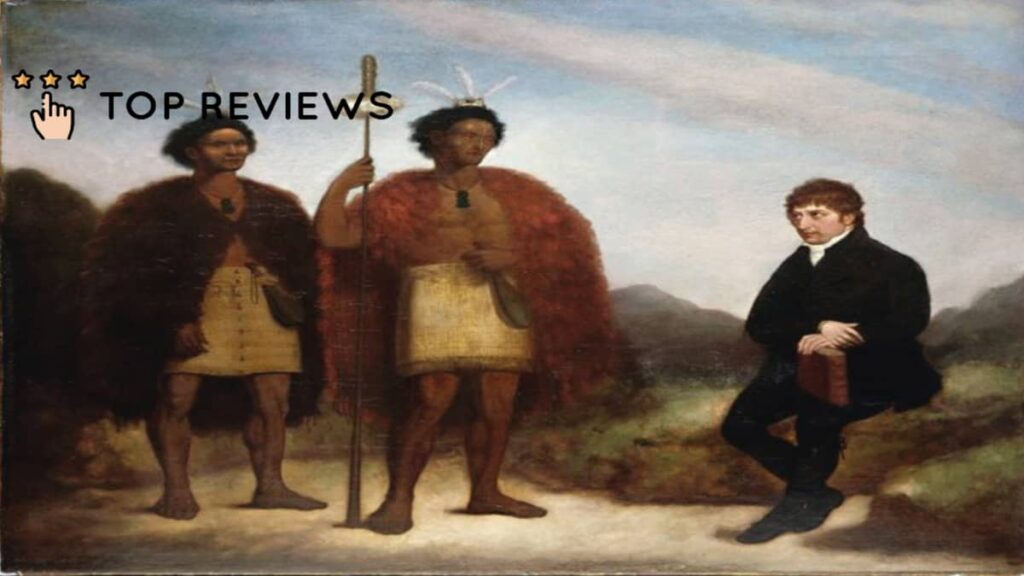
When it was time to select a flag, the Maori kings sent representatives to meet with Busby. Twenty-five chiefs, along with their followers, met Busby at his home.
Many other missionaries, settlers, and captains of British and American ships also came to witness the flag selection.
After Busby finished speaking, each chief, in turn, selected a flag, with the son of one of the chiefs keeping a tally.
Twelve chiefs voted for the winning design. The winning design was a variation on a flag already used by the Church Missionary Society.
Busby adopted the chosen flag as the New Zealand flag and had it raised atop a flagpole to the sound of a 21-gun salute fired from HMS Alligator.
The United Tribes Flag
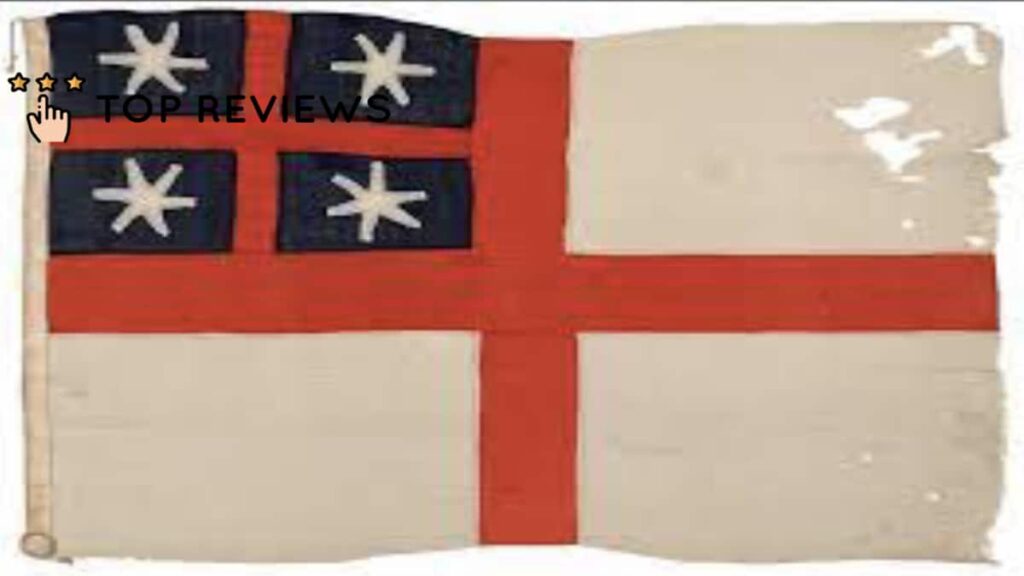
After some last adjustments in New South Wales, they sent the new flag to King William IV. The King gave his blessing to the revised flag. He had an illustration of the flag sent out through the Admiralty.
He also gave them orders to treat it as the official flag of New Zealand.
Additionally, as the northern chiefs continued to use the flag at their gatherings, they began to refer to it as the Flag of the United Tribes of New Zealand.
The Union Jack Flag
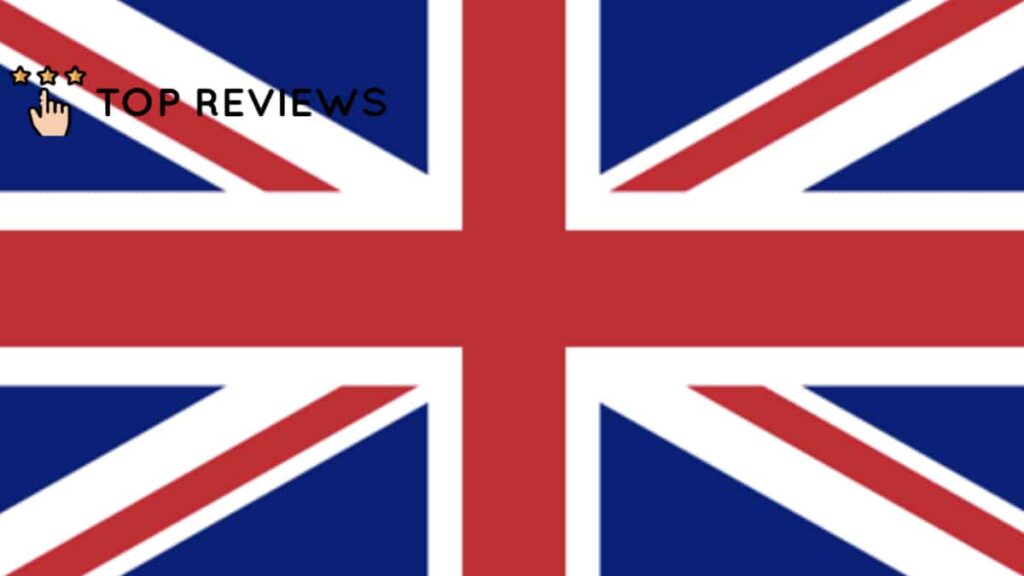
Many of the participating chiefs from the flag selection later reassembled again. They met together to sign a Declaration of Independence in 1835.
So Busby’s expectation of the flag inspiring the Maori to work together came true. After this, Britain recognised New Zealand as an independent nation.
For about five years, New Zealand flew the United Tribes flag with pride. Many merchant ships coming and going displayed the United Tribes Flag.
But then, the United Tribes Flag came to an end in 1840. In 1840, the Union Jack became the official flag of New Zealand.
This was a result of the signing of the Treaty of Waitangi. Some Maori didn’t agree with this decision and fought it.
They fought to fly both the Union Jack and the United Tribes flag. It was important for the Maori to do this because they wanted to show their equality with the government.
They took action to show rejection of the Union Jack as a sign of British control over the Maori. Most significantly, the Ngāpuhi chief Hōne Heke cut down the flagstaff at Korreka in 1844 and raised the United Tribes flag instead as a symbol of Maori autonomy.
Still, the Union Jack remained official until the New Zealand Ensign Act brought along the official New Zealand flag in 1902.
The Union Jack flew alongside or in place of the official New Zealand flag until the mid-1950s. Today in New Zealand, the Union Jack is most frequently seen when a member of the British royal family or another important British guest is in town.
The Official New Zealand Flag
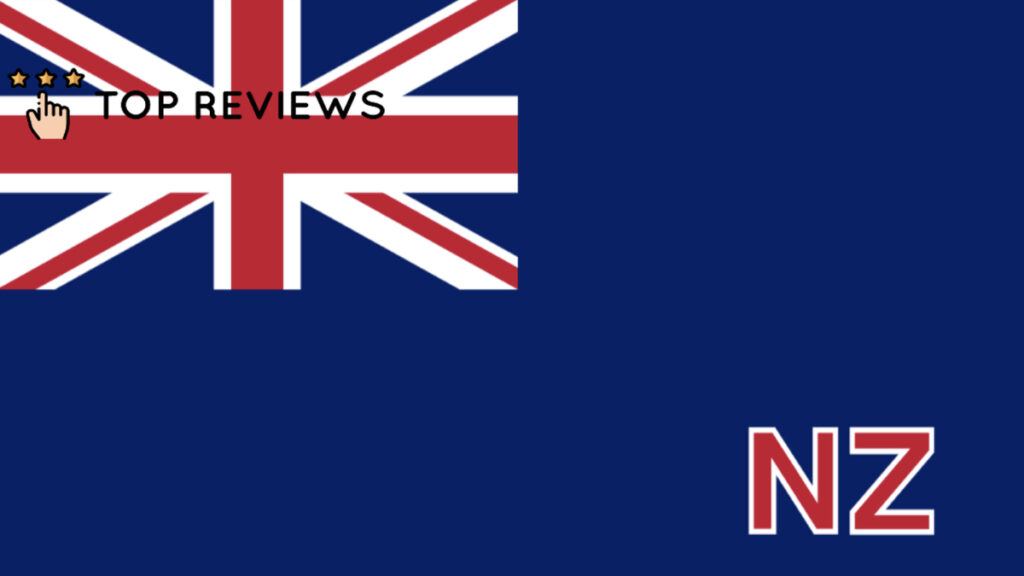
The official flag of New Zealand came about when the United Kingdom passed the Colonial Naval Defence Act in 1865.
The Colonial Defence law made it so that all ships owned by a colonial government had to fly the Blue Ensign and the symbol of their colony.
Unfortunately, New Zealand did not have its own emblem at the time. Hence, the country only flew the Blue Ensign.
This caused trouble when British ships visited New Zealand. The British rebuked New Zealand’s steamer ships St. Kilda and Sturt in 1866 for flying the Blue Ensign without the colony’s insignia.
Because New Zealand wanted to avoid more embarrassment, they had to design a symbol for inclusion on the flag.
At first, the emblem’s design was going to be the words “New Zealand” and the country’s seal. They abandoned this idea because of the complexity that would have added to the Blue Ensign.
Another option for the emblem was the Southern Cross’s four stars. But they weren’t unique to the Kiwis, so they also discarded that idea.
In 1867, they decided the Blue Ensign would feature the initials “NZ” in red within a white border. In 1869, the Southern Cross, which featured four red stars within a white frame, replaced it.
A Signaling Flag
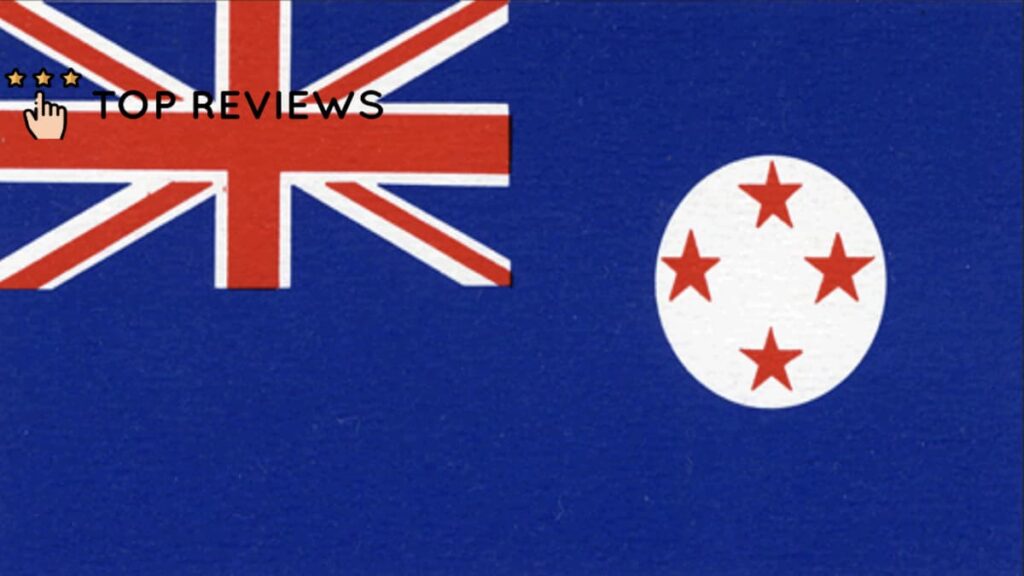
The Southern Cross flag flew on land and for maritime purposes. But this caused confusion.
Adopting a signal flag in 1899 due to the advent of an International Code of Signals only added to the chaos. The signal flag had the Southern Cross’s red stars inside a white circle.
Its original purpose was aboard ships or in foreign ports. Yet the flag found its way onto billboards and other public displays.
It became the subject of many Parliament debates. To solve this problem, Premier Richard Seddon proposed the New Zealand Ensign Bill.
Making the Flag Official
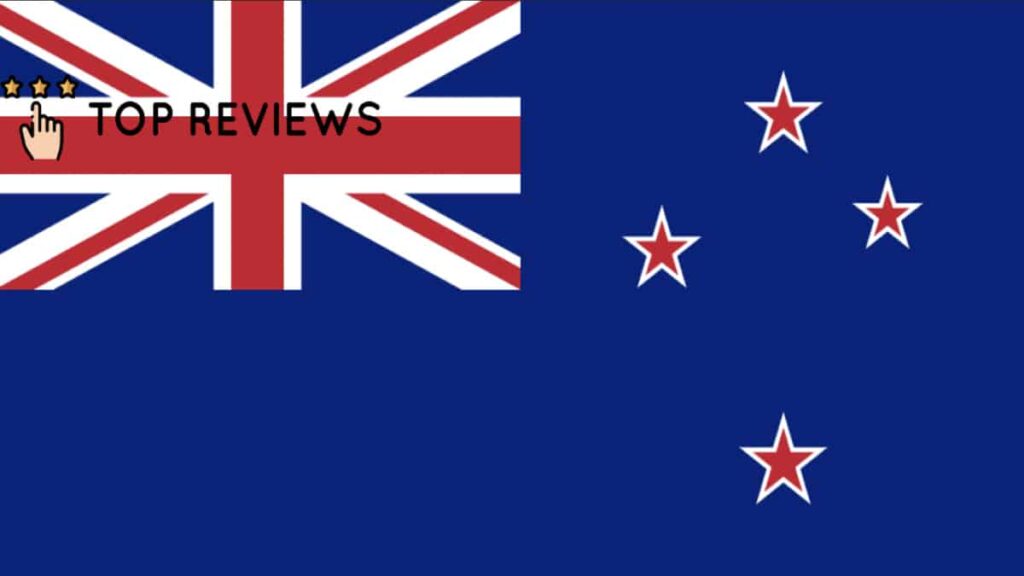
The New Zealand Ensign Bill in 1900 recognised the Blue Ensign with the Southern Cross as the flag of New Zealand.
Parliament passed this bill, but Governor Sir Robert Stout opposed it. He opposed the bill because he believed the provision of the Act reserving it for Her Majesty’s approval interfered with the Governor’s authority to make policy decisions.
Since Seddon believed a constitutional principle was at play, he did not change the offending clause. The British Admiralty had other reservations about the law, so all the fighting was for naught.
The Admiralty was against the bill because they didn’t want people to use the Blue Ensign for all purposes. In the United Kingdom, only government ships or ships of particular distinction used the Blue Ensign.
So when they introduced the New Zealand Ensign Bill, the Admiralty felt any ship would take advantage and register to fly the Blue Ensign.
To agree, the New Zealand government decided that only ships owned and used by the New Zealand Government or ships granted permission to do so by the Admiralty would use the Blue Ensign.
They then discussed whether the Southern Cross should have five stars like on the Victorian flag. As a result, a revised New Zealand Ensign Statute replaced the old bill on November 5 1901, and King Edward VII approved the bill on March 24.
On June 27 1902, they published the flag description in the New Zealand Gazette. This description outlined the adjustments to the size and placement of the stars.
Changes to the New Zealand Flag
Criticism and Calls for Change
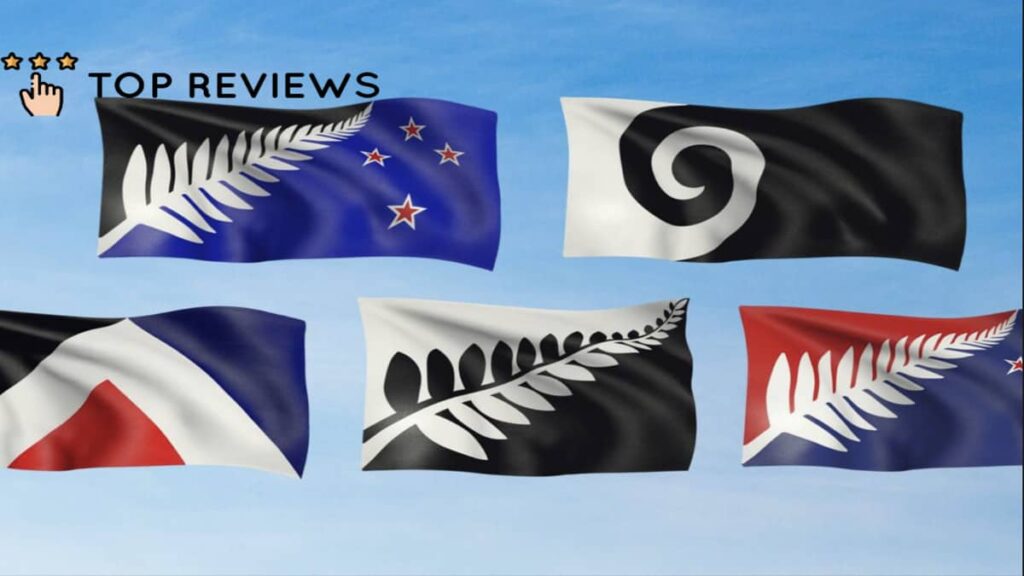
New Zealand has used the same official flag, the New Zealand Ensign, since 1902.
Since the 1960s, however, there have been voices advocating for a flag redesign.
Many critics argue that New Zealand is a sovereign state. Therefore, they should no longer use the Union Jack on their flag.
Others argue that the current flag does not portray New Zealand’s rich Maori cultural history and multicultural population.
Additionally, many don’t like how similar New Zealand’s flag is to Australia’s.
On the other hand, opinion polls have consistently shown a sizable majority against changing the flag since at least the 1970s.
Those who believe the current flag should remain in place say it is significant since it has been used in battle and represents New Zealand’s historical ties to Britain.
While the Royal New Zealand Returned and Services’ Association (RSA) has taken the lead in defending the New Zealand flag, the organisation has also declared that it would accept a new flag if that resulted from a public referendum.
The Process of Changes
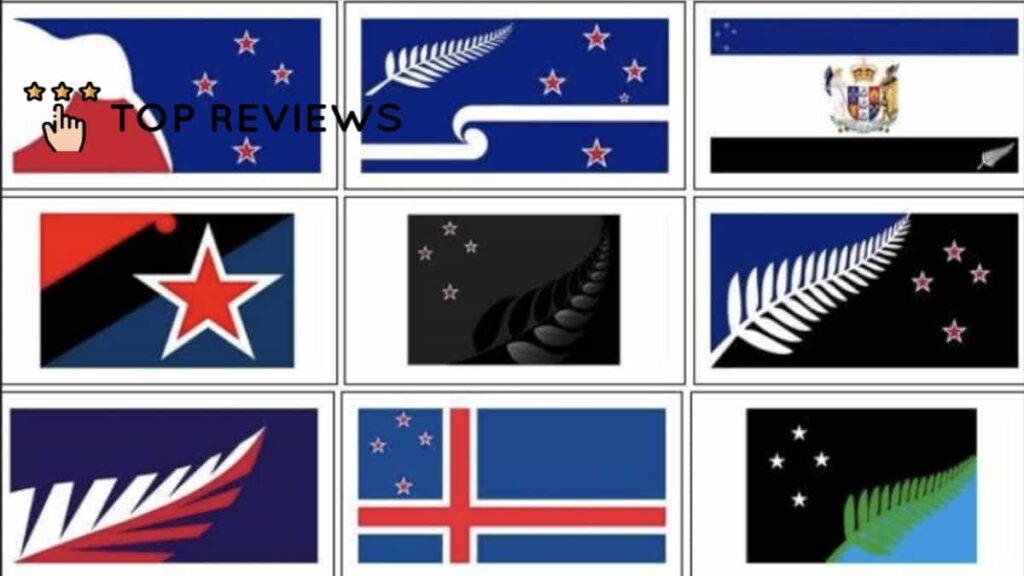
Clark Titman proposed a new flag in 1967. His proposal preserved the Southern Cross and New Zealand’s national colours but removed the Union Jack.
The next person to propose a flag change was Allan Highet, the minister of internal affairs. He suggested the silver fern as a replacement for the Southern Cross in 1979.
In the 1980s and 1990s, there was a rise in the number of new flag designs given by members of the public.
The Press and the New Zealand Listener hosted design competitions that inspired several of these works.
The green koru, a spiral depicting an unfurling fern frond, was designed by architect Friedensreich Hundertwasser in 1983. It is the most well-known new flag design from this period.
Later, the Minister of Cultural Affairs, Marie Hasler, proposed a new flag in 1998, with a silver fern on a black background.
Many people paid attention to this flag design, and even Prime Minister Jenny Shipley favoured it. But the National government was ultimately defeated by the public polls in 1999.
In order to make a change, the NZflag.com charitable trust was established in 2004.
The trust attempted to conduct a citizen-initiated referendum on changing the flag by organising a nationwide petition, but it did not receive enough support.
John Key, the country’s prime minister, brought up the idea of a new flag again in 2014. Four designs were selected by a Flag Consideration Panel, and a fifth was added when a public campaign was launched via social media.
Silver Fern (Black, White, and Blue) by Kyle Lockwood was chosen in a referendum in November 2015 to compete with the current flag.
Yet, over half (56.6%) of New Zealanders who participated in a second referendum on the issue in March 2016 favoured keeping the present flag.
Why do people think New Zealand has a British flag?
To review, New Zealand doesn’t have a British flag. It has its own flag.
The reason many people confuse New Zealand for having the British flag is that the current New Zealand flag has the British Blue Ensign to honour its history with the United Kingdom.
Throughout history, many have disagreed with the flag’s design due to New Zealand being an independent country now.
However, multiple public polls and debates on changing the New Zealand flag reveal that most Kiwis still are in favour of the current New Zealand flag.
The flag may still change someday, of course. As history reveals, New Zealanders have the power to make a change.
